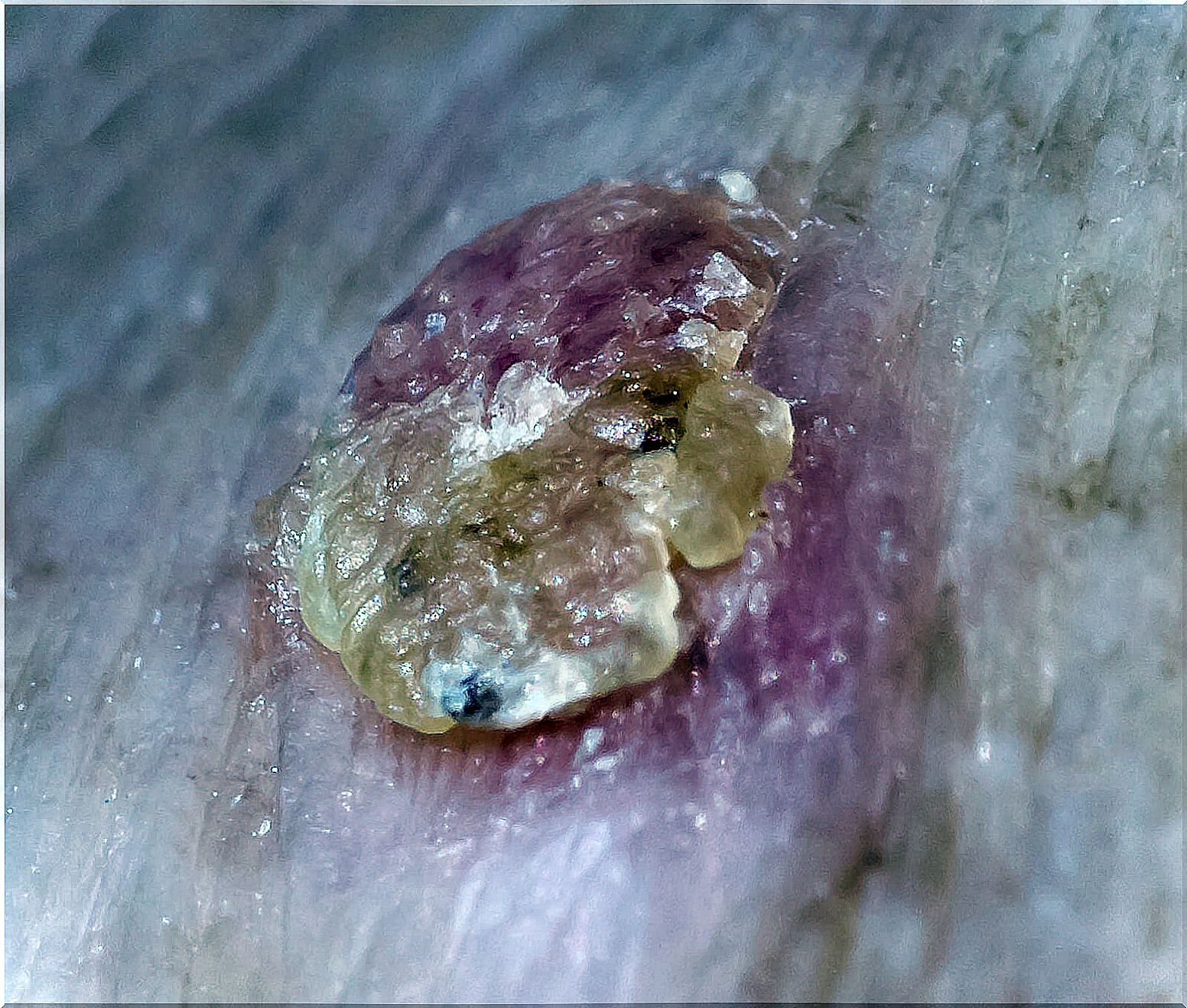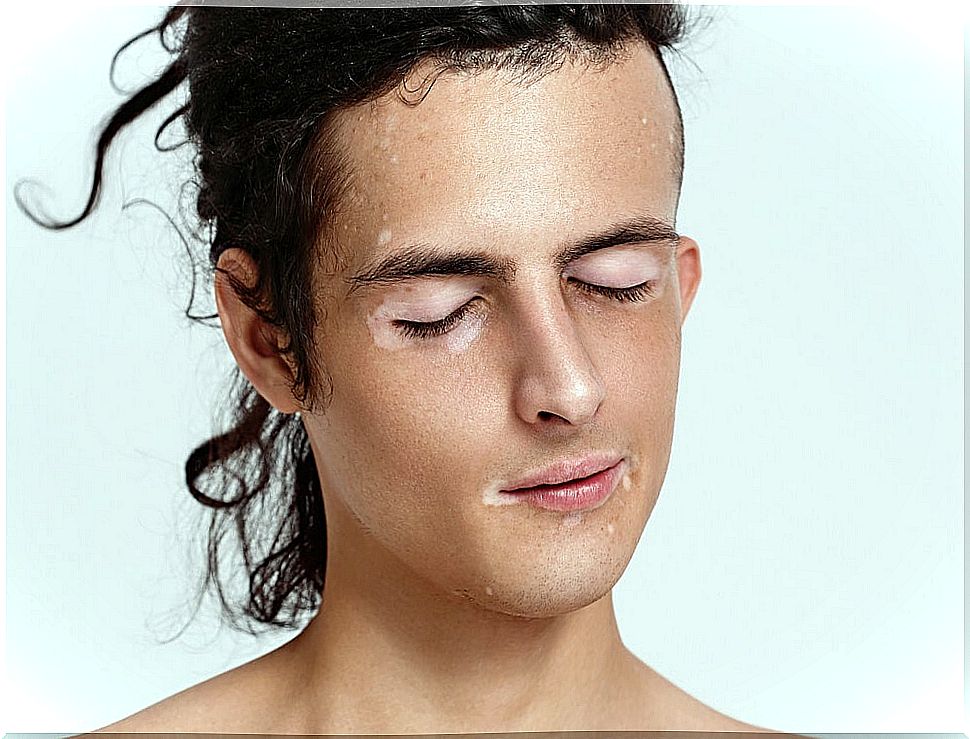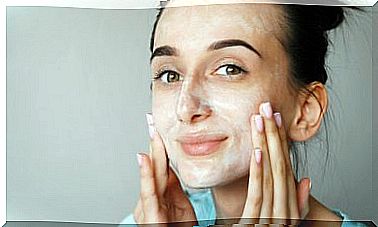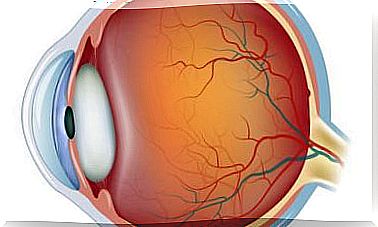Spots On The Face: Causes, Types And Treatments
There are various types of blemishes on the face that tend to become even more noticeable over time. There are certain differences between them, both in color, as in size and thickness. Likewise, its presence is influenced by several factors.
In general, they can be generated by the use of medications, hormonal alterations, by excessive exposure to sunlight, among other factors that act on melanocytes. The latter are responsible for causing stains on the face and body. What are the causes, types and treatments? Keep reading!
Most frequent spots on the face
Not all blemishes on the face are the product of sun exposure and age. Some of them are manifestations of diseases that need a particular treatment. Here are some of them.
Solar keratoses

Also called “solar keratoses” are precancerous manifestations that have a constant and slow development. They occur in areas of the skin that have been exposed to the sun’s rays over time.
They begin to show up for the first time from the age of 40, in the ears, scalp and face. They are scaly plates, rough to the touch, thick, that vary between red, brown or pink colors. They are often mistaken in diagnosis for common warts, delaying their diagnosis.
Actinic lentigo
Actinic lentigo, also known as “solar or senile lentigo,” is a benign manifestation that originates in sun-exposed areas of the skin. They are hyperpigmented, brownish spots, they are surrounding skin of normal appearance and without having any relief.
It is located on the face, the forearms, the back of the hands and the upper part of the trunk. An American Family Physician publication concludes that its differential diagnosis is carried out with ephelides, lentigo maligna and seborrheic keratoses.
It is not an injury that needs to be treated, but its simple appearance affirms that there is photodamage and, in general, it tends to be an aesthetic discomfort.
Read also: Keys to protect yourself from UV rays
Pityriasis alba

Pityriasis alba is one of the variants of spots on the face whose evolution is chronic. It is an asymptomatic dermatosis and is more prevalent in children. The spots appear with a slight desquamation and are characterized by being hypochromic.
Its most common location is on the face, particularly in the mouth and cheeks; it tends to occur in areas exposed to sunlight and the outer face of the forearms. According to a study published in the journal Cutis , it is not a serious disease, but it is frequent, in which there is no correct treatment. Lesions can take months to resolve spontaneously.
Ephelides
The ephelides, also known as “freckles”, are small spots that do not have brownish relief. They are located in the areas of the body most exposed to the sun’s rays; in addition, they are associated with fair skin with blond or red hair, who have dominant inheritance.
They arise as a protective reaction against ultraviolet rays. It is for this reason that during the summer season they are intensified or worsened. To prevent them, it is recommended to use sun protection factor every day, regardless of the period of the year.
Vitiligo

Vitiligo is a degenerative disease that causes the complete disappearance of the normal pigmentation of the skin surface. Well defined whitish spots appear in periorificial areas such as around the mouth, around the eyes, and also on the hands and legs.
Since a causal treatment is not yet available, current treatments are aimed at halting progression and achieving repigmentation to repair morphological and functional deficiencies in depigmented skin areas.
As detailed in an article in the American Journal of Clinical Dermatology, the most appropriate treatments are narrow band ultraviolet (UV) therapy, the combination of corticosteroid cream + UVA therapy and autologous pigment cell transplantation in various modalities.
Melasma
Melasma is one of the most frequent spots on the face, it is characterized by the appearance of hyperpigmented spots. It is more affected in women from the age of 25, in areas exposed to the sun, especially on the face.
They tend to manifest themselves even more with the intake of contraceptive pills, during menopause or in the period of pregnancy. However, there are variants of treatments ranging from depigmenting creams to procedures with different types of laser.
You may be interested: How to prevent melasma
Moles

Moles or nevi are flat or raised formations that contain melanin. Its pigmentation varies according to the amount of pigment it contains, from black to brown. They usually appear over time, although they can also have a congenital origin.
The ideal is to carry out a control every year with the skin specialist doctor, since some spots can develop into other types of pathologies.
The importance of medical consultation in the presence of spots on the face
Whatever the spot on the face, the ideal is to consult with the dermatologist to obtain a proper diagnosis. It will be the specialist who, after determining the cause of the manifestation, will decide the treatment to be instituted.
Still, hydrating your skin, using sunscreen factor every day, and other care can help keep your skin looking better and healthy.









